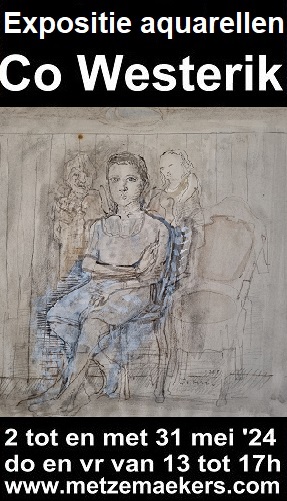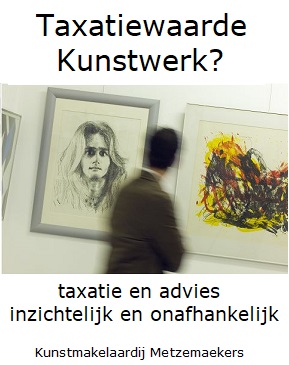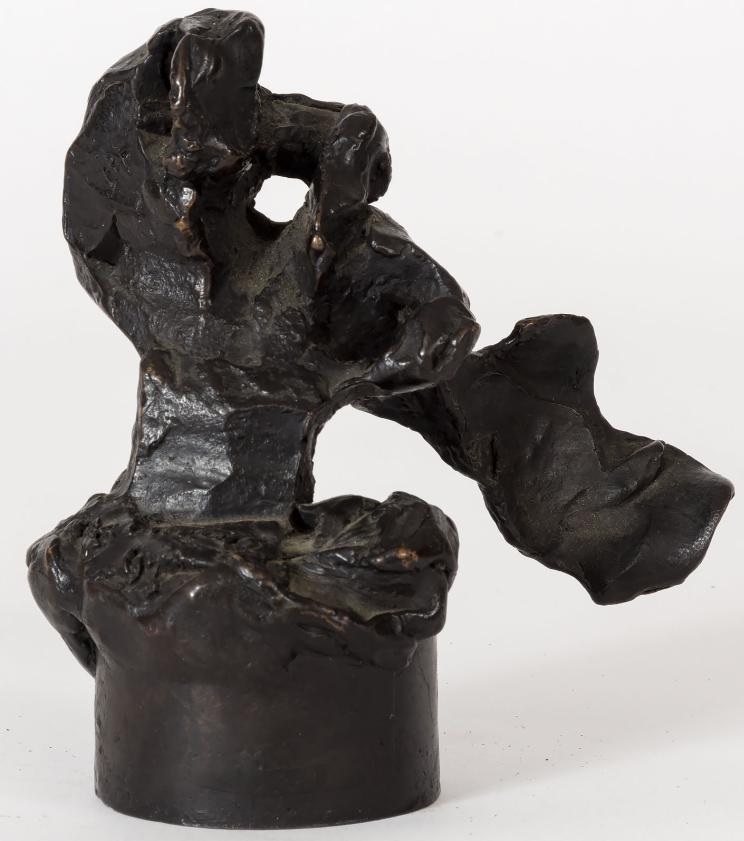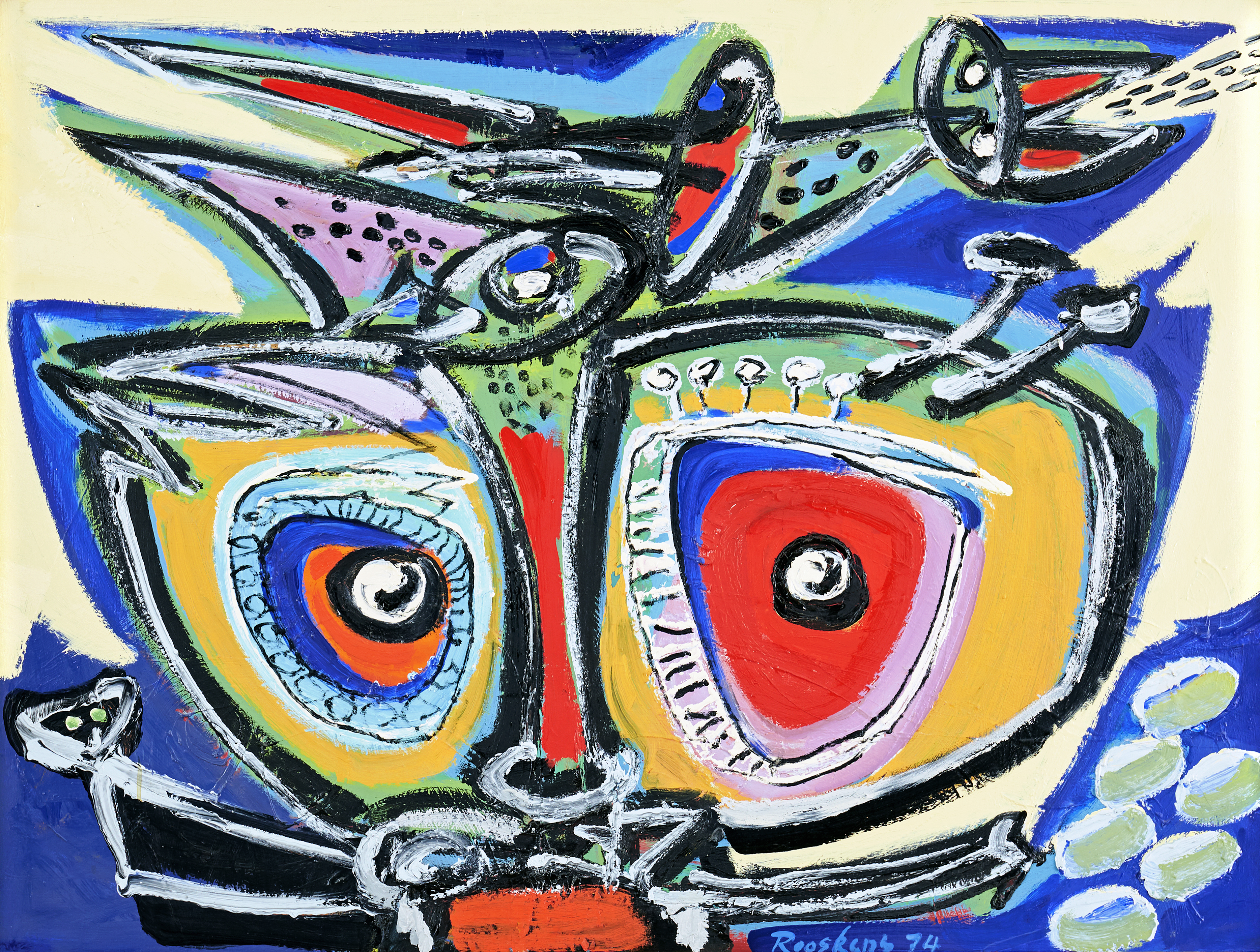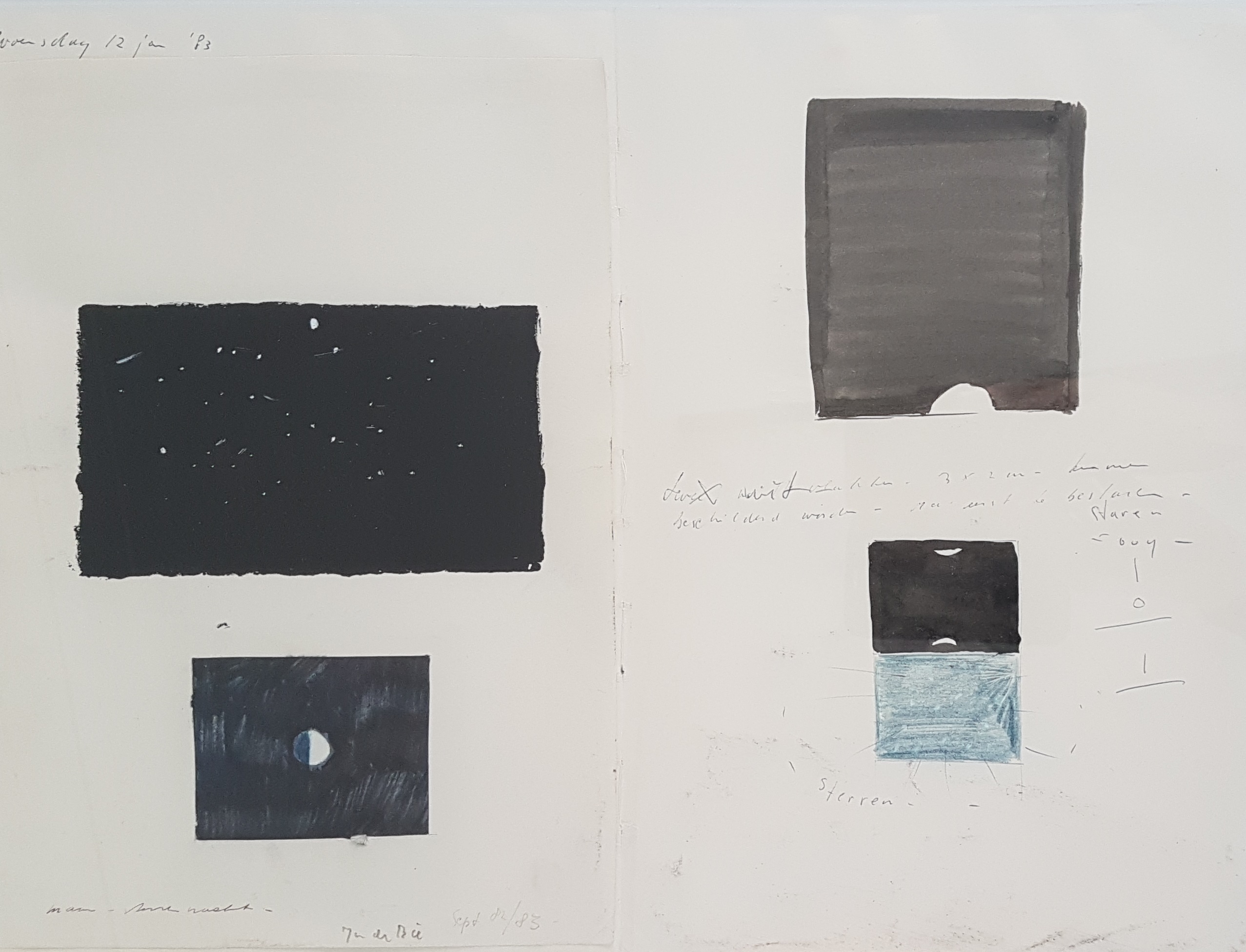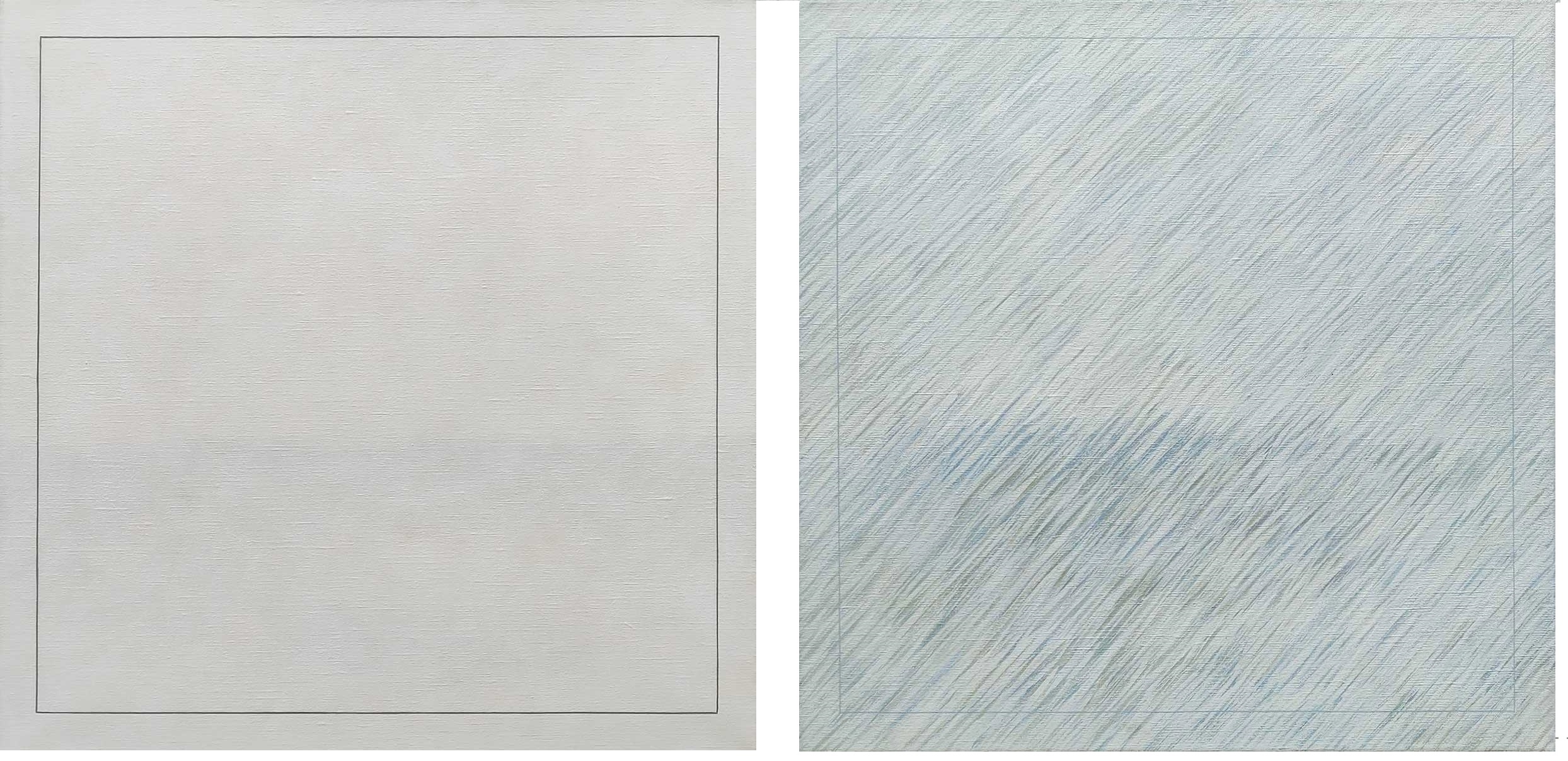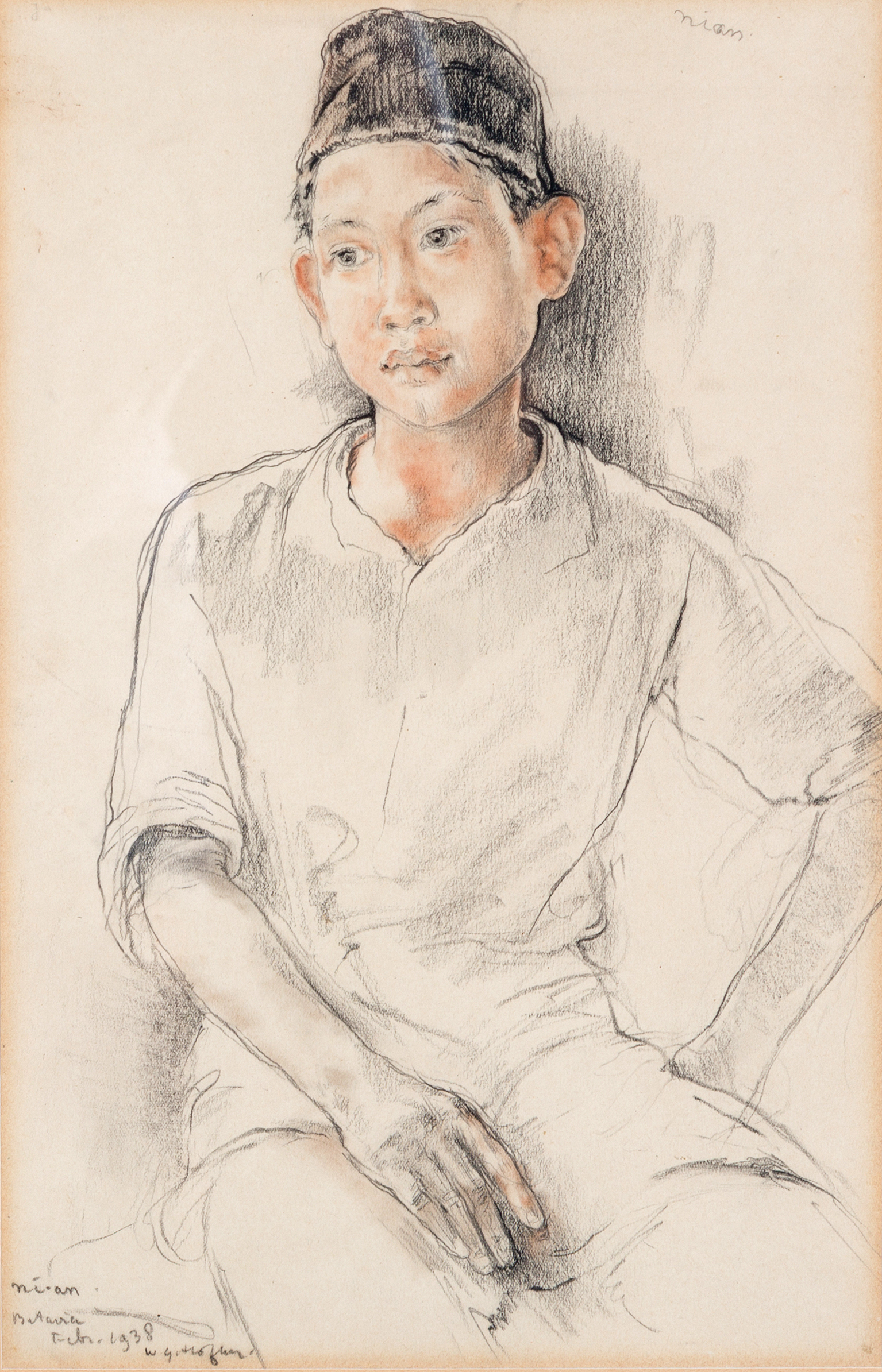
Beschrijving
Signed lower left and dated Batavia Febr. 1938, and inscription 'Nian'. Black chalk and brown conté crayon on paper.
Provenance:
The private collection of Dutch author and publisher mr. Jan Schilt (1927-2015), Amsterdam. Acquired directly from Mrs. Maria Hofker-Rueter (1902-1999), with whom mr. Schilt published the booklet ‘Maria Hofker’s Indische impressies’ (H.J.W. Becht, Haarlem, 1994).
Literature:
Carpenter, B., 'Willem Hofker (1902-1981), Schilder van/Painter of Bali', Pictures Publishers, Wijk en Aalburg, 1993, illustrated, p. 30.
‘It is of course difficult to get into one’s stride in this climate, but there are lots of wonderful things to see here, although I don’t get to do much painting: it will be a beautiful memory. These Oriental folk are fantastic, colourfully dressed. Old Batavia is also beautiful!’
(Willem Hofker, February 18, 1938, in: Hofker/Orsini, Willem Gerard Hofker, Uitgeverij de Kunst, 2013, p. 24)
In 1936, Willem Hofker was invited by the Batavia headquarters of the KPM (Koninklijke Paketvaart Maatschappij) to make, and personally deliver in Batavia a portrait of the Dutch Queen Wilhelmina. Apart from that, he was asked to combine the portrait presentation with a sojourn through the Dutch East Indies, to draw documentary impressions of the colony. These drawings were to be sent to Holland, enabling KPM to reproduce them for marketing purposes. Hofker initially did not have the anthropologic interest that his artist colleagues W.O.J. Nieuwenkamp, Walter Spies, Rudolf Bonnet and Miguel Covarrubias had displayed, but he was well aware that he should draw and describe the culture, people and architecture of the Dutch East Indies in detail for the KPM; consequently, Willem and his wife Maria prepared well for their journey in 1938, picking up some Malay words and sentences, and reading books by Karl With, Gregor Krause, and Miguel Covarrubias.
Willem Hofker is mostly known for the body of work he produced in Bali. Few people realize, however, that he and Maria spent no less than four months travelling through Java. From February-June 1938, after having delivered the Queen’s portrait in Batavia, they visited Bogor, Bandung, and Garut, and the idea was to stay in Java even longer. However, because of three reasons, they decided to move on to Bali.
First of all, contrasting the heartfelt welcome of the Berlage family and fellow painter Charles Sayers (1901-1943) upon their arrival at Batavia’s Tanjung Priok (February 7, 1938), the exhibition at the Bataviaasche Kunstkring of Hofker’s Dutch work did not attract much public interest, and the reviews were not that positive either; ‘If he had made just one thing, a failure, but failed with genius, he would have progressed further than he has now.’ (J.W.B. Everts, March 4, 1938, Bataviaasch Nieuwsblad)
Secondly, not having adjusted to the tropical climate, Willem fell ill a number of times, which made the couple decide to cancel further trips to Yogyakarta, Solo and Semarang.
But most importantly, Hofker experienced the reluctance of the Javanese people to pose for him. He found out their Muslim faith made (most of) them refuse to have their portraits drawn; ‘The natives are wonderful to behold, as picturesque as people in the 17th century back home –yet they cannot be persuaded to pose.’ (Willem Hofker, March 9, 1938, in: Hofker/Orsini, Willem Gerard Hofker, Uitgeverij de Kunst, 2013, p. 24)
Nian, a young boy from Batavia, was however willing to be immortalized by Willem Hofker. The current lot, for this reason, can be considered extremely rare.
There is a wonderful simplicity about this drawing, which could well be one of the first drawings that Hofker made in the Dutch East Indies. The artist did not draw on coloured paper, and consequently there was no possibility to apply (white) gouache paint to suggest highlights. In his early Indies work on paper, Hofker typically did not apply saturated colours or sprayed coloured fixative, and the restrained black and brownish colouring gives this drawing the subtle qualities of a sepia photograph.
When taking a closer look at the work, Hofker purposely guides the viewer’s eye, first to the Javanese boy’s face, and then his right hand. Hofker managed to catch what seems to be Nian’s dreamy gaze, but at the same time he appears aloof, and on guard. The scribbly black lines efficiently complete the suggested anatomy of a seated boy. Nian wears a peci (or songkok or kopiah), the typical felt or velvet headdress that would be popularized by president Sukarno as a national headdress for Indonesian men. Betawi (native Jakartan) people wear peci as their traditional headdress. The word peci has its etymologic origin in the Dutch word ‘petje’, meaning ‘small cap’.
This rare, early Indies drawing is a wonderful example of Hofker’s talent as a portraittist. Nian was probably a street urchin, or maybe the son of a gardener or children’s nurse, but it did not really matter to the artist whether he would portray the Dutch Queen or a Javanese youth. For Hofker, the main challenge was to capture beauty and personality in a few ‘simple’ lines, regardless of the sitter’s social status. The portrait of Nian would become the ‘beautiful memory’ it was predicted to be. Willem Hofker kept this drawing in his private collection for over 43 years, until he passed away in 1981.(Gianni Orsini, July 2017)
'Nian', portrait of this young Javanese boy from Batavia
Hofker, Willem Gerard
(Den Haag, 1902
-
Amsterdam,
1981)
Details
- Databanknummer:
- 79619
- Lotnummer:
- -
- Advertentietype
- Archief
- Instelling:
- Venduehuis Den Haag
- Veilingdatum:
- -
- Veilingnummer:
- -
- Stad
- -
- Limietprijs
- -
- Aankoopprijs
- -
- Verkoopprijs
- -
- Hamerprijs
- -
- Status
- Verkocht
Technische details
- Kunstvorm:
- Schilder- en Tekenkunst
- Technieken:
- Zwart krijt, Bruin krijt
- Dragers:
- Papier
- Lengte:
- 34 cm
- Breedte:
- 22 cm
- Hoogte:
- -
- Oplage:
- -
Beschrijving
Signed lower left and dated Batavia Febr. 1938, and inscription 'Nian'. Black chalk and brown conté crayon on paper.
Provenance:
The private collection of Dutch author and publisher mr. Jan Schilt (1927-2015), Amsterdam. Acquired directly from Mrs. Maria Hofker-Rueter (1902-1999), with whom mr. Schilt published the booklet ‘Maria Hofker’s Indische impressies’ (H.J.W. Becht, Haarlem, 1994).
Literature:
Carpenter, B., 'Willem Hofker (1902-1981), Schilder van/Painter of Bali', Pictures Publishers, Wijk en Aalburg, 1993, illustrated, p. 30.
‘It is of course difficult to get into one’s stride in this climate, but there are lots of wonderful things to see here, although I don’t get to do much painting: it will be a beautiful memory. These Oriental folk are fantastic, colourfully dressed. Old Batavia is also beautiful!’
(Willem Hofker, February 18, 1938, in: Hofker/Orsini, Willem Gerard Hofker, Uitgeverij de Kunst, 2013, p. 24)
In 1936, Willem Hofker was invited by the Batavia headquarters of the KPM (Koninklijke Paketvaart Maatschappij) to make, and personally deliver in Batavia a portrait of the Dutch Queen Wilhelmina. Apart from that, he was asked to combine the portrait presentation with a sojourn through the Dutch East Indies, to draw documentary impressions of the colony. These drawings were to be sent to Holland, enabling KPM to reproduce them for marketing purposes. Hofker initially did not have the anthropologic interest that his artist colleagues W.O.J. Nieuwenkamp, Walter Spies, Rudolf Bonnet and Miguel Covarrubias had displayed, but he was well aware that he should draw and describe the culture, people and architecture of the Dutch East Indies in detail for the KPM; consequently, Willem and his wife Maria prepared well for their journey in 1938, picking up some Malay words and sentences, and reading books by Karl With, Gregor Krause, and Miguel Covarrubias.
Willem Hofker is mostly known for the body of work he produced in Bali. Few people realize, however, that he and Maria spent no less than four months travelling through Java. From February-June 1938, after having delivered the Queen’s portrait in Batavia, they visited Bogor, Bandung, and Garut, and the idea was to stay in Java even longer. However, because of three reasons, they decided to move on to Bali.
First of all, contrasting the heartfelt welcome of the Berlage family and fellow painter Charles Sayers (1901-1943) upon their arrival at Batavia’s Tanjung Priok (February 7, 1938), the exhibition at the Bataviaasche Kunstkring of Hofker’s Dutch work did not attract much public interest, and the reviews were not that positive either; ‘If he had made just one thing, a failure, but failed with genius, he would have progressed further than he has now.’ (J.W.B. Everts, March 4, 1938, Bataviaasch Nieuwsblad)
Secondly, not having adjusted to the tropical climate, Willem fell ill a number of times, which made the couple decide to cancel further trips to Yogyakarta, Solo and Semarang.
But most importantly, Hofker experienced the reluctance of the Javanese people to pose for him. He found out their Muslim faith made (most of) them refuse to have their portraits drawn; ‘The natives are wonderful to behold, as picturesque as people in the 17th century back home –yet they cannot be persuaded to pose.’ (Willem Hofker, March 9, 1938, in: Hofker/Orsini, Willem Gerard Hofker, Uitgeverij de Kunst, 2013, p. 24)
Nian, a young boy from Batavia, was however willing to be immortalized by Willem Hofker. The current lot, for this reason, can be considered extremely rare.
There is a wonderful simplicity about this drawing, which could well be one of the first drawings that Hofker made in the Dutch East Indies. The artist did not draw on coloured paper, and consequently there was no possibility to apply (white) gouache paint to suggest highlights. In his early Indies work on paper, Hofker typically did not apply saturated colours or sprayed coloured fixative, and the restrained black and brownish colouring gives this drawing the subtle qualities of a sepia photograph.
When taking a closer look at the work, Hofker purposely guides the viewer’s eye, first to the Javanese boy’s face, and then his right hand. Hofker managed to catch what seems to be Nian’s dreamy gaze, but at the same time he appears aloof, and on guard. The scribbly black lines efficiently complete the suggested anatomy of a seated boy. Nian wears a peci (or songkok or kopiah), the typical felt or velvet headdress that would be popularized by president Sukarno as a national headdress for Indonesian men. Betawi (native Jakartan) people wear peci as their traditional headdress. The word peci has its etymologic origin in the Dutch word ‘petje’, meaning ‘small cap’.
This rare, early Indies drawing is a wonderful example of Hofker’s talent as a portraittist. Nian was probably a street urchin, or maybe the son of a gardener or children’s nurse, but it did not really matter to the artist whether he would portray the Dutch Queen or a Javanese youth. For Hofker, the main challenge was to capture beauty and personality in a few ‘simple’ lines, regardless of the sitter’s social status. The portrait of Nian would become the ‘beautiful memory’ it was predicted to be. Willem Hofker kept this drawing in his private collection for over 43 years, until he passed away in 1981.(Gianni Orsini, July 2017)
Aangeboden kunst
Een selectie uit ons kunstaanbod
